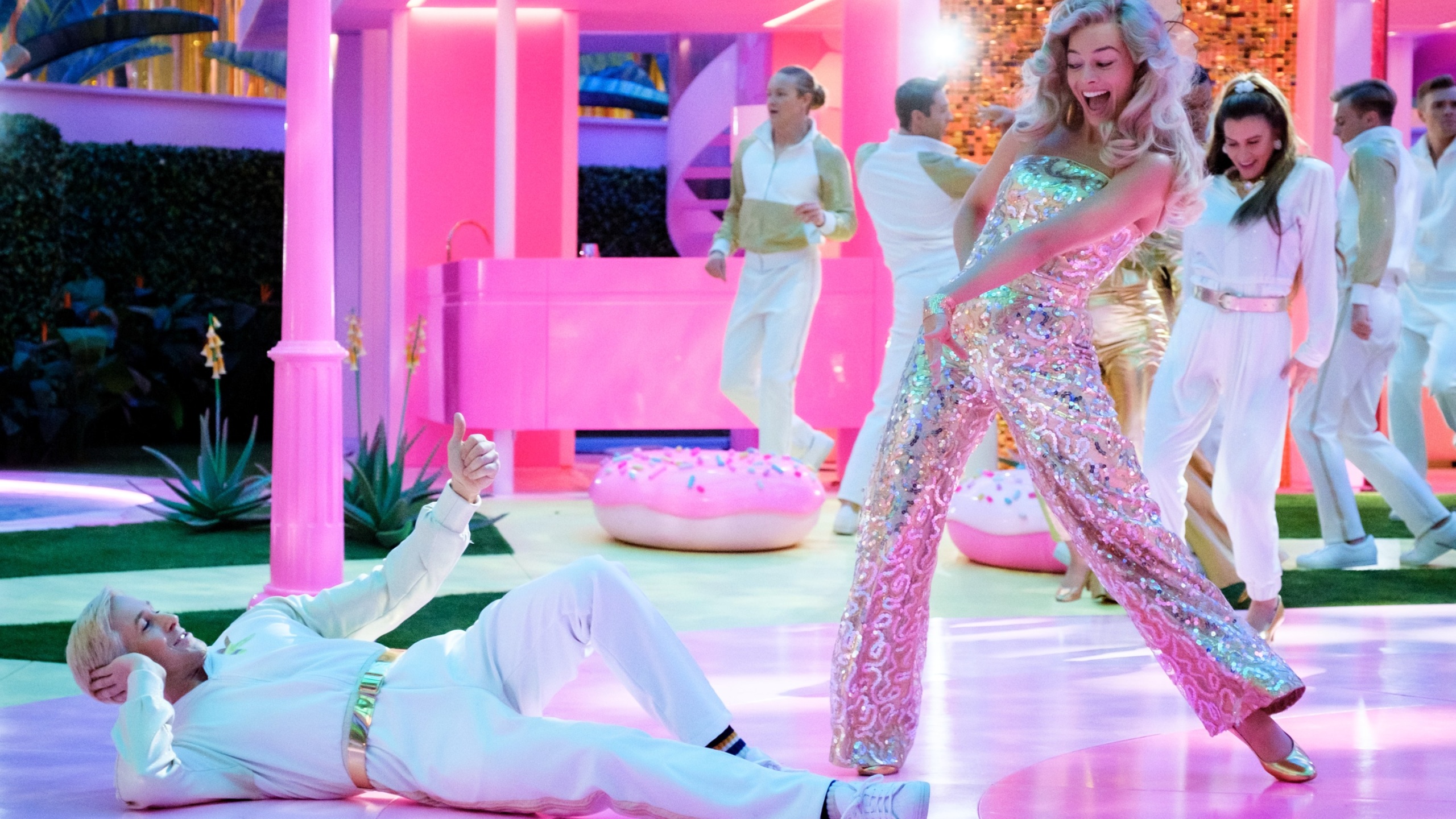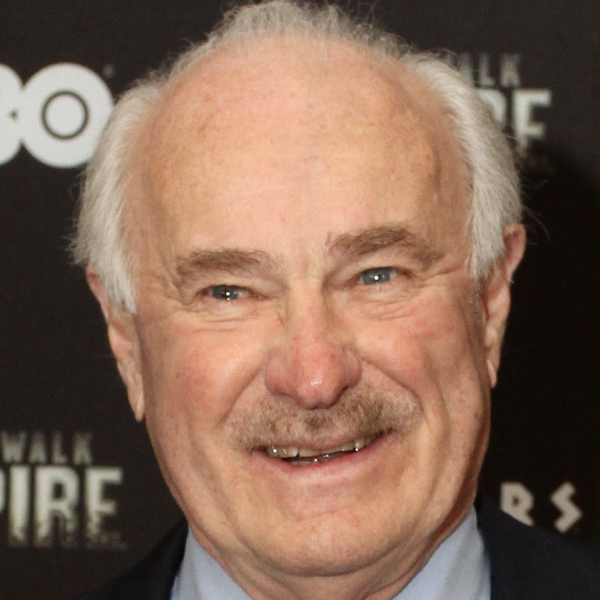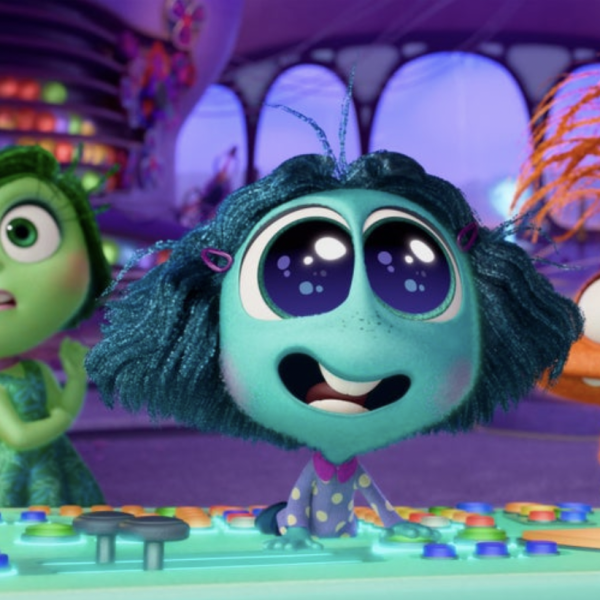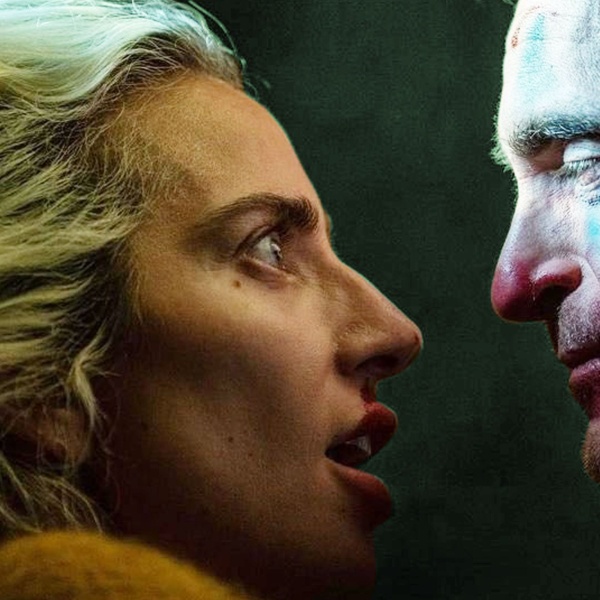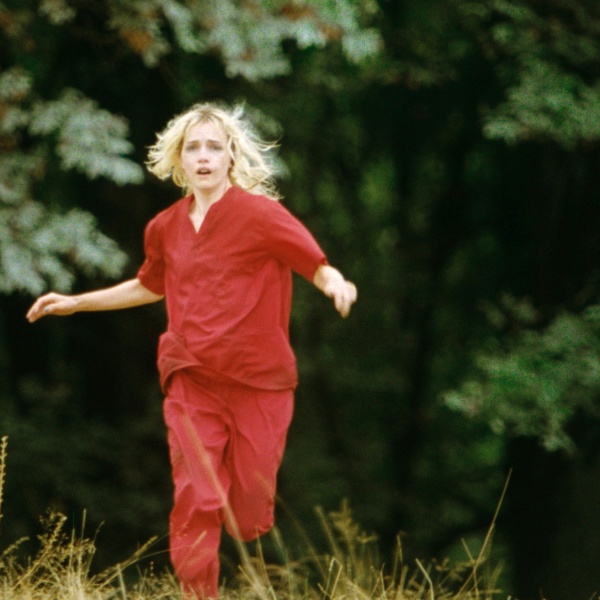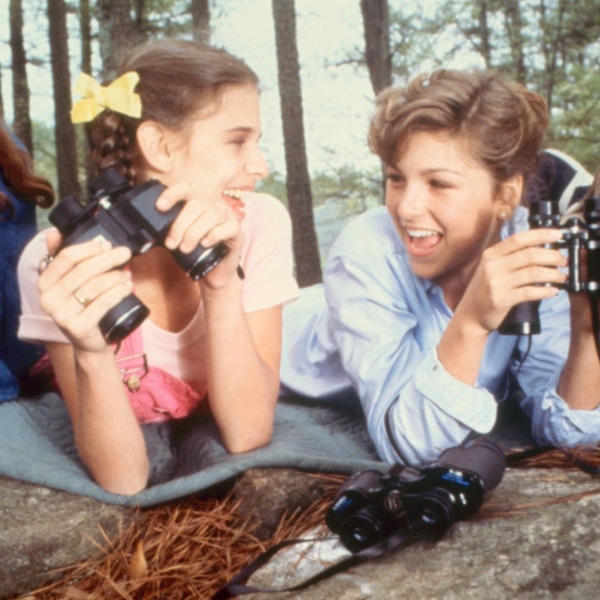When Greta Gerwig sent her longtime editing collaborator Nick Houy the script for “Barbie,” the first thing he texted her back was a question: “Are they going to let you do it?”
Indeed, inside the box of the “Barbie” movie is a bonkers melange of musical numbers, existential dread, slapstick visual comedy, gender politics, earnest yearning for connection, and a Snyder Cut joke that definitely feels like Warner Brothers should’ve killed it. That it exists in the form it does feels as unreal and miraculous as Barbie Land itself. But the film also has a momentum that was familiar to the challenges Gerwig and Houy have set for themselves in their previous collaborations, “Lady Bird,” and “Little Women.”
Just as “Little Women” alternates between past and present, “Barbie” manages transitions between worlds that are more or less heightened, but always at least a little, as Gerwig put it, “bananagrams.” The seriousness with which the film tackles a set of absurd situations that balloon well beyond the initial premise “Barbie” sets out for itself matches the whip-smart comedy pacing of “Lady Bird,” which speed-runs and compiles together the different beats of a love story, coming-of-age friendship, and mother-daughter relationship in ways designed to surprise and delight.
The three films each have an unconventional structure, one that demands real precision in placing the audience exactly where they need to be at every moment in the film. “We’re both big George Saunders fans,” Gerwig told IndieWire on the Filmmaker Toolkit Podcast. “And we talked about his Russian short fiction book because, to me, it was one of the best books about filmmaking without being a book about filmmaking. He says, you have to keep your reader in the sidecar with you. As you’re writing and editing, you keep checking on them. Is the reader still in the sidecar or did I lose the reader on a turn?”
Houy agreed that the main challenge of editing “Barbie” was providing clarity over the course of a number of turns across the film — some of which hinge on expressive internal realizations of Barbie confronting the reality of women in the real world and some of which hinge on the Matchbox Twenty song “Push.”
“There’s always some person that has an issue with these structures. Getting it down to that one person instead of half the audience was a big challenge,” Houy told IndieWire. “But it’s worth it. We get excited by that. We’re always talking about Charlie Kaufman movies and trying to do [things like] that in a way that feels like our own voice,” Houy said.
Houy’s and Gerwig’s excitement to push beyond what might be the expected storylines of their films is what lets them jolt the audience in surprise moments of humor and/or real feeling. But it means they had to lay the track of the rollercoaster ride that is “Barbie” inch by inch; they worked very incrementally, always with an eye to how best to keep the audience in their sidecar, or in the back seat of Barbie’s convertible, as the case may be.
“[Finding the places] to really keep the pace as tight as possible and then where to let it breathe, I think, is so important,” Houy said. “It’s everything. I think we’ve definitely done versions of all of our films where we’re like, ‘That was too fast, throughout. Way too fast throughout.”

The challenge of rhythm and pacing becomes even more acute with a setting that is as intentionally arch and anarchic as “Barbie.” Since every joke had to count and had to work while the film is moving at speed, it was important for Houy to stress-test them over and over again.
“[‘Barbie’] was so much more a comedy than ‘Lady Bird’ and ‘Little Women,’” Houy said. “So we were just, like, ‘Let’s put it in front of people and see how they react.’ Everyone’s different and every screening’s different and we’ve definitely learned, over the years, that you really have to let things have their fair chance and then act accordingly. Once you know it’s dead, you have got to get it out of there.”
One of the casualties of that testing process on “Barbie” was the joke type that Houy and Gerwig have tried sneaking into all three of their collaborations but has always died about two-thirds through the edit. “We’ve always tried to get in a proper fart joke and we’ve never done it,” Gerwig said. “We had like a fart opera in the middle [of ‘Barbie’]. I thought it was really funny. And that was not the consensus.”
“It was in the wrong place, too,” Houy said. “We need to work it into a more significant narrative moment next time.”

Checking and checking again on whether the audience is ready for the moment in front of them can potentially numb a filmmaker to the emotional impact they’re going for, whether comedic or dramatic. Houy described the editing process as a bit like playing whack-a-mole. “Even if you get a scene perfect, then if you’ve cut out all these other scenes or you’ve changed the order or you’ve done work to these other scenes, now you have to rework the scene that originally was great and you’re constantly playing whack-a-mole,” Houy said.
But Gerwig and Houy have found each other to be good whack-a-mole partners for their ability to remind each other of where their movie is ultimately going. “The first time [Houy] read ‘Lady Bird’ and we talked about it, I asked him, ‘Do you think I should cut this scene or cut this thing?’ And he wrote back this incredibly detailed response,” Gerwig said. “It was almost like he [understood] the reason that I had unconsciously [for writing the scene], he was able to articulate why it shouldn’t be cut. That’s what you’re always looking for, for me anyway, in collaborators is somebody who, when you, inevitably, in an effort to practically execute something, lose the song in your head, they say, ‘No, no. It goes like this.’ And then you hear it again and you’re like, ‘Right. That’s the song. You’re right.’”
The song of “Barbie,” or at least the song in the character’s heart, culminates in a moment of montage: As Barbie follows her creator Ruth Handler’s (Rhea Pearlman) instruction to “feel,” we see footage of women at different stages of life. It’s a moment where the rhythm of the edit and the placement of the footage have as much of an emotional impact on the audience as the look on Margot Robbie’s face. Arriving at that specifically filmic expression of what it is to be human was also something Gerwig and Houy had to really work on to get just right.

“We had so many different ideas for [the ending], We originally were shooting things for it. That was the original plan. And then we tried stock footage and we tried other things and we even tried personal films that involved kind of everything,” Houy said.
Houy and Gerwig even tried to find footage of the real Ruth Handler but ultimately decided to open up submissions of home movies from the people who worked on the film. “Once we decided that [the montage] should really be about women, that clicked it in,” Houy said.
“Even though we don’t have a sign up that says, ‘This is footage [of] the people who made the film. This is the fabric of their lives,’ I think in some unconscious way, it’s a reminder that films are only ever made by people,” Gerwig said. “And these were the people that made this one.”
